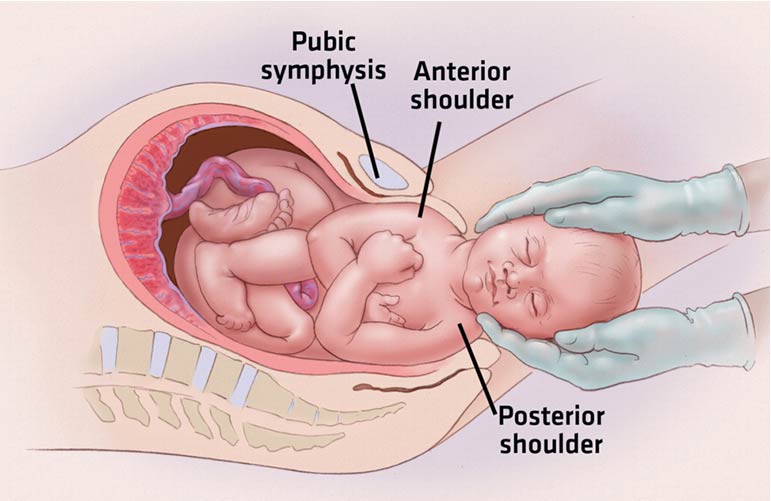
Normal Vaginal Delivery
Normal vaginal birth is a childbirth procedure that occurs without the use of any medical assistance. Medication may now be utilized to ease pain and speed up the delivery process.
Overall, normal birth is a completely natural delivery of a baby by the mother with no medical assistance. The primary focus of normal vaginal delivery is on how and in which position the mother will be most comfortable delivering the baby. The doctor and attending nurses, aid her while being alert for any kind of emergency.
Stages of normal vaginal delivery
During normal childbirth, you will go through three primary stages:
- Cervical effacement and labor
- Pushing and baby birth
- Delivering the placenta
Cervical effacement and labor
This is the first step of the usual labor and delivery procedure.
In order for the baby to be delivered, the cervix must become pliable, soften, and stretch. This first stage is divided into three sub-stages:
Early labor
The expectant mother's cervix opens to about 4 cm. You will most likely spend the majority of the early labor at home. At this point, the pregnant mother can go about her normal activities, relax frequently, drink plenty of clear drinks, and eat light meals while keeping track of the contractions.
During active labor, the pregnant woman experiences stronger contractions and is unable to speak during contractions. In this stage, she is experiencing more frequent and stronger contractions and is having trouble speaking.
Active labor
The expectant mother's cervix may open from 4 to 7 centimeters at this stage. At this point, the mother should be transported to the hospital. The contractions happen every 3 to 4 minutes and last about 60 seconds. These contractions indicate that the cervix is opening more quickly. The water may break as the labor advances, resulting in a burst of fluid. When the water breaks, the contractions accelerate. At this point, the pregnant mother should unwind.
1. Transition to the next stage
At this stage, the cervix expands 7 to 10 cm. As the cervix opens to its fullest, this is the most difficult and stressful period of labor for most women. Contractions happen every two to three minutes and can last up to 60 to 90 seconds. The mother may have a strong desire to push at this stage because she feels pressure in the rectal area and stinging in the vaginal area as the baby's head gently comes down into the vaginal opening.
2. Pushing and baby birth
The second stage of labor begins when the cervix completely spreads or dilates. At this stage, the contractions are still intense, but they are spreading out more. The frequent contractions aid in pushing the baby through the delivery canal head first.
3. Delivering the placenta
After the baby is born, the contractions continue to force the placenta out, a process known as the afterbirth. The placenta can be delivered anywhere from a few minutes to a half-hour after the infant is born.
